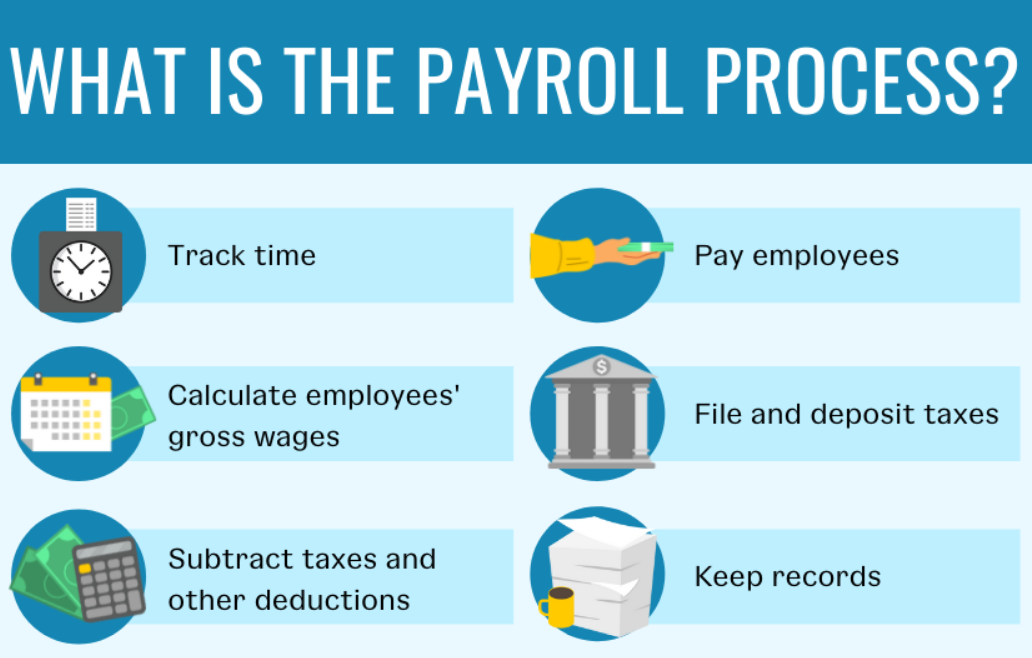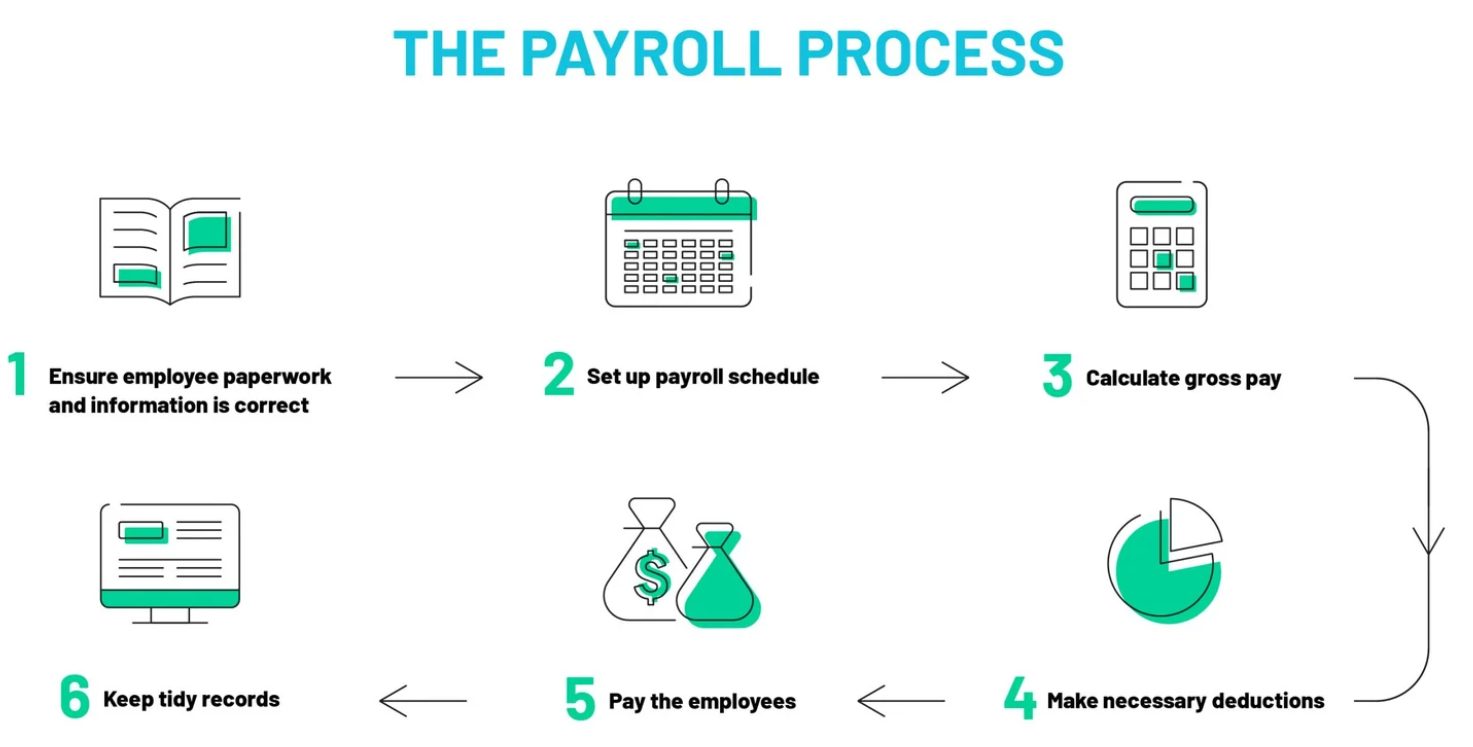Running a small business with one employee can be both rewarding and demanding. Payroll, though essential, doesn’t have to be a complex chore. Let’s delve into the most efficient and streamlined strategies for managing payroll when you have a single team member.
Understanding the Payroll Essentials
- Legal Requirements: Before diving in, familiarize yourself with the legal requirements for payroll in your area. These typically include:
- Employer Identification Number (EIN): Obtain an EIN from the IRS if you don’t already have one.
- State and Local Tax IDs: Register for any required state or local tax identification numbers.
- Withholding Taxes: Understand federal income tax, Social Security, and Medicare withholding rates.
- Unemployment Insurance: Comply with state unemployment insurance requirements.
- Employee Information: Collect the necessary information from your employee, including:
- Form W-4: This form determines federal income tax withholding.
- State Tax Forms: Collect state-specific tax forms if applicable.
- Direct Deposit Information: For electronic payments.
Choosing the Right Payroll Method
There are several effective ways to manage payroll for a single employee:
-
DIY Payroll:
- Pros: Complete control, potentially cost-effective for very small businesses.
- Cons: Time-consuming, requires meticulous attention to detail and legal compliance.
-
Payroll Software:
- Pros: Automates calculations, tax filings, and payments, reducing errors and saving time. Many options cater specifically to small businesses.
- Cons: Monthly or per-payroll fees can add up.
-
Online Payroll Services:
- Pros: Comprehensive solution, handles everything from calculations to tax filings and payments. Excellent for businesses with limited accounting expertise.
- Cons: Can be more expensive than DIY or basic software, but the added features and support may be worth it.
-
Professional Payroll Provider:
- Pros: Complete peace of mind, experts handle all aspects of payroll, ensuring compliance and accuracy.
- Cons: Typically the most expensive option, but can be worthwhile for complex situations or for businesses wanting to completely outsource payroll.
Step-by-Step Payroll Process (Using Software or Service)
- Gather Employee Information: Collect W-4, state forms, and direct deposit details.
- Set Up Payroll Schedule: Determine if you’ll pay weekly, bi-weekly, or monthly.
- Enter Employee Details: Input information into your chosen software or service.
- Track Hours (If Applicable): Use time-tracking software or manual records.
- Calculate Gross Pay: Multiply hours by the hourly rate (or enter the salary).
- Calculate Taxes and Deductions: Software/service will typically do this automatically.
- Review and Approve Payroll: Ensure accuracy before finalizing.
- Process Payment: Pay your employee through direct deposit or check.
- File Taxes: Software/service can often help with tax filings, or you can hire an accountant.
- Maintain Records: Keep meticulous payroll records for at least three years.
Tips for Simplified Payroll
- Pay on Time: Late payments can lead to penalties and employee dissatisfaction.
- Automate: Use direct deposit and automatic tax payments to save time and avoid errors.
- Use Cloud-Based Tools: This provides access to payroll information from anywhere.
- Keep Up with Regulations: Tax laws and regulations change, so stay informed.
- Consider a Professional: If payroll becomes overwhelming, consult an accountant or payroll specialist.
Choosing the Best Payroll Solution

- Cost: Compare prices and features of different software and services.
- Ease of Use: Look for user-friendly interfaces and intuitive workflows.
- Features: Does it offer direct deposit, tax filing, and reporting?
- Customer Support: Is there readily available help if you have questions?
- Scalability: Will it grow with your business if you hire more employees?
Compliance and Recordkeeping
- Stay Compliant: Keep up with changing tax laws and regulations.
- Maintain Records: Keep meticulous payroll records, including pay stubs, tax forms, and payment history. These records are crucial for tax filings and potential audits.
- Data Security: Protect sensitive employee information by using secure software and adhering to data privacy practices.
- Independent Contractor vs. Employee: Ensure you correctly classify your worker. Misclassification can lead to legal and financial issues.
Embracing the Future of Payroll
Technology is transforming payroll. Explore emerging trends like:
- Mobile Payroll Apps: These allow you to manage payroll on the go.
- Artificial Intelligence: AI-powered payroll software can automate even more tasks, freeing you up to focus on your core business.
- Integration with Accounting Software: Seamless integration streamlines your financial processes.
Conclusion: Payroll Made Easy
With the right approach and tools, payroll for a single employee doesn’t have to be a burden. By understanding the essentials, choosing the right method, and leveraging technology, you can simplify the process and ensure compliance. Remember, well-managed payroll is not just a legal obligation, but it’s also a key factor in maintaining a positive relationship with your valuable employee.
I hope this comprehensive article provides you with the guidance you need to streamline your payroll process and focus on growing your business!





